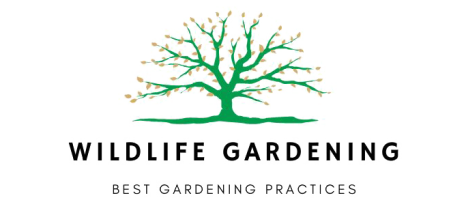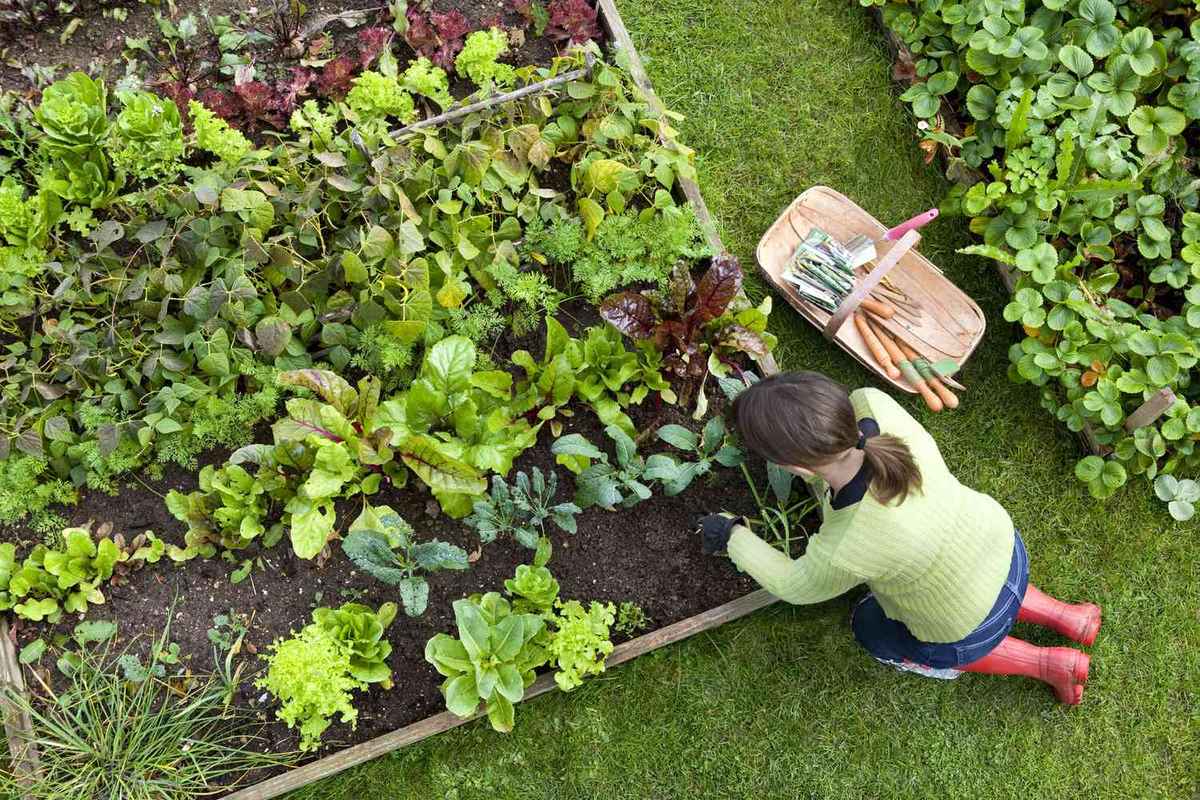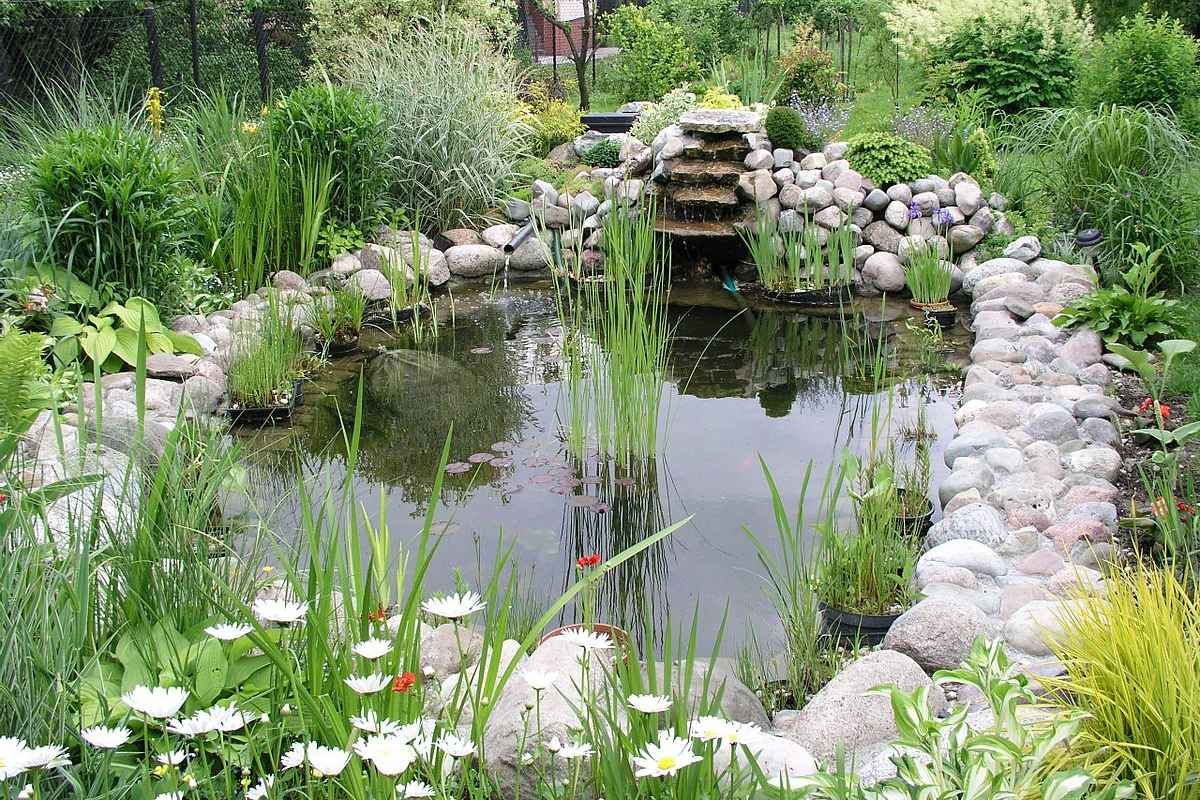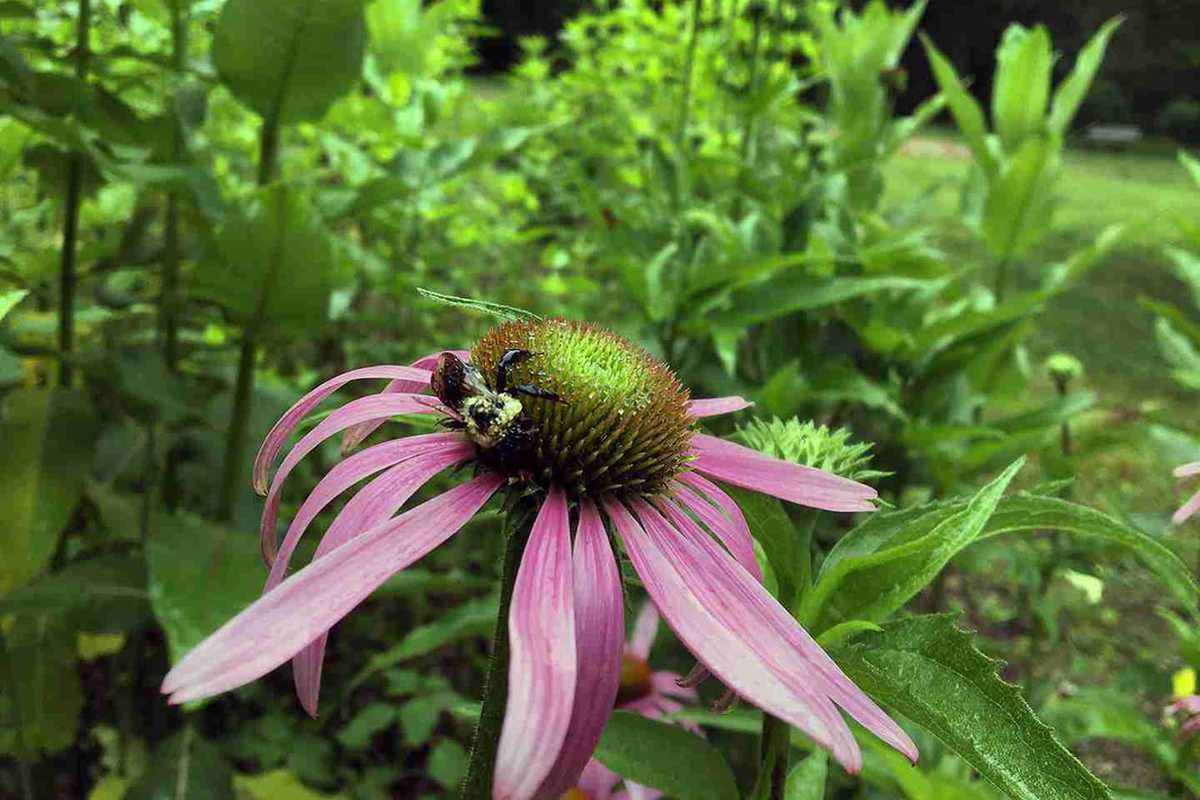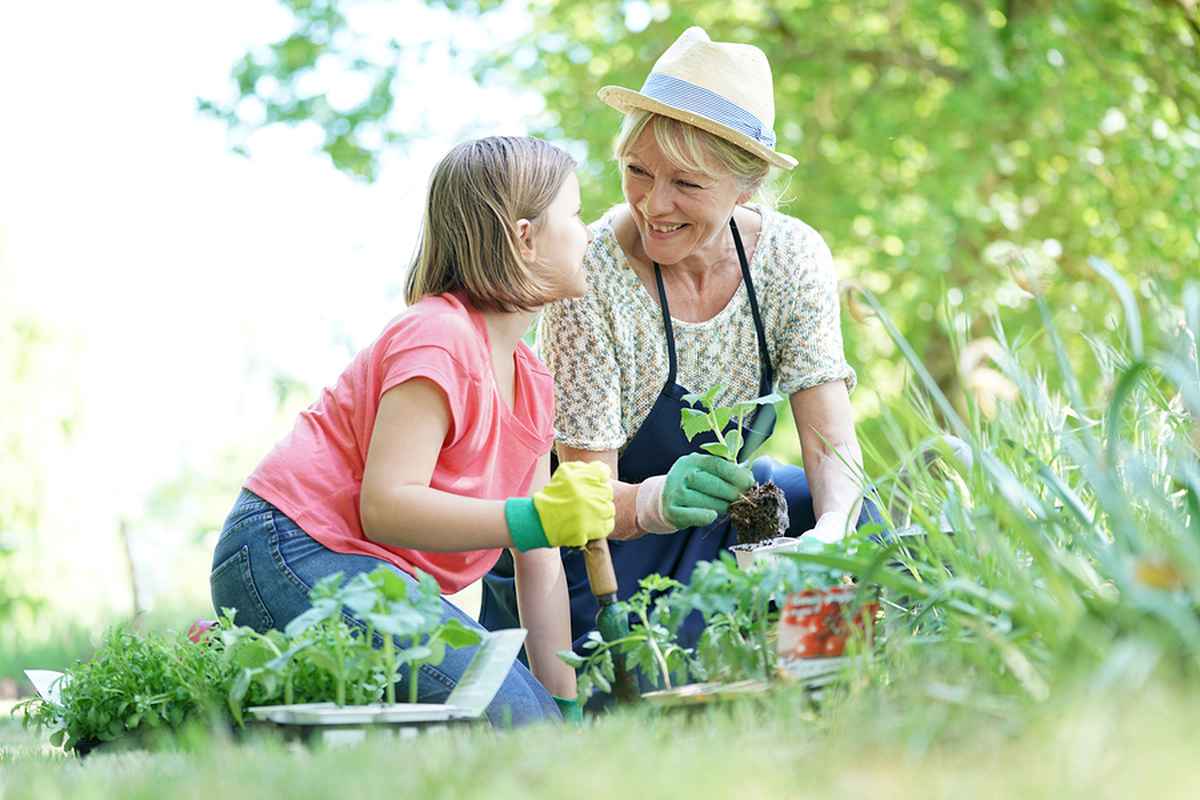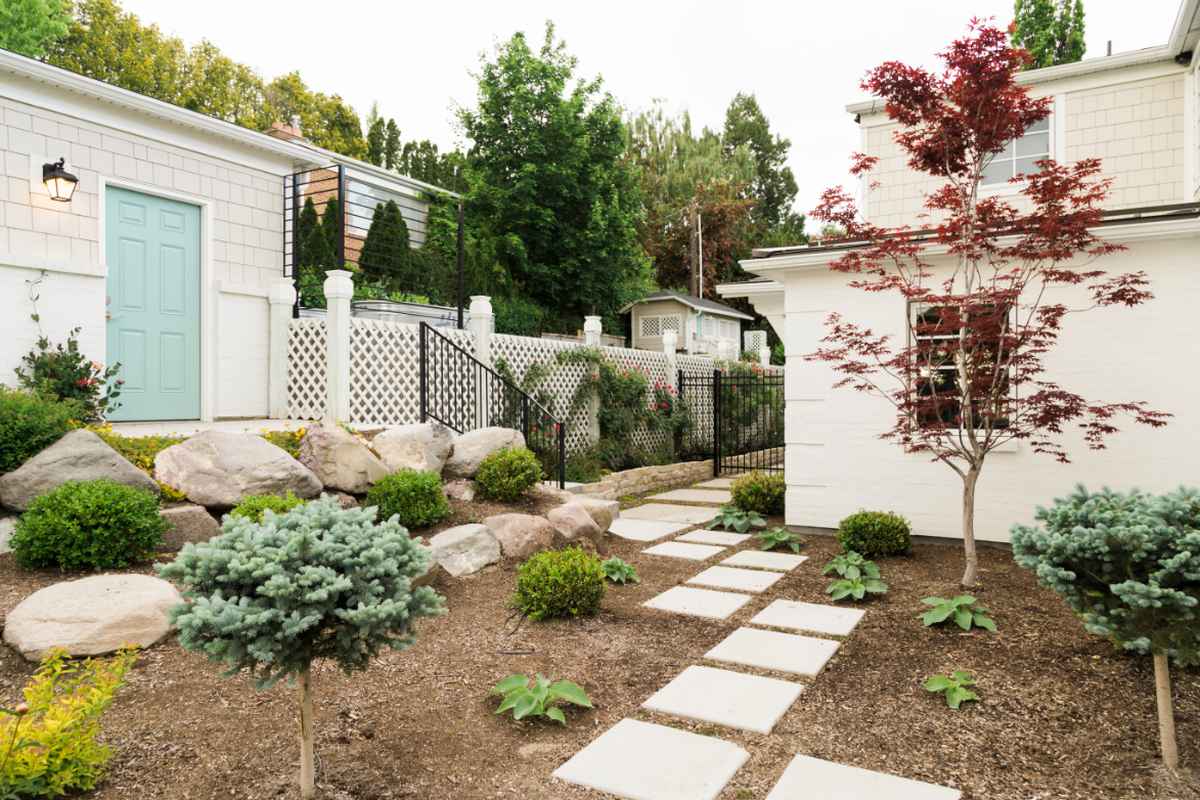An edible garden provides a variety of delicious crops ready to be eaten such as greens, veggies, fruits, beans, and herbs, among other options.
This type of garden offers an abundant and cost-effective supply of healthy, fresh food. Plus, taking care of your garden is an enjoyable and soothing activity.
If you’re planning to make one, here are the steps you want to follow:
Come Up with a Solid Plan
Before you dive right in, make sure to come up with a plan for your garden. Decide which vegetables, herbs, and flowers you want, and also choose the garden’s size and location.
First, establish your goal. Are you aiming for self-sufficiency, reducing grocery trips? Maybe you just want fresh ingredients at hand? Or perhaps you’re keen on cultivating unique plants.
Second, determine how much space you have. Even a small area can host a substantial garden. Recognize your limits to plan what and how much to plant.
And third, determine where you want to set up the garden. Your garden’s logistics depend on its spot. Outdoor gardens suit raised beds, while indoors need smaller containers. Regardless, find a sunny location, either by a window or on your balcony.
Decide Which You Want to Plant
Picking plants for your edible garden involves more than just choosing favorites. Optimal success and better yields come from selecting plants suited to your location. Research online or consult a local nursery for advice on ideal plants.
Remember to think practically too. As much as possible, go for plants that match your consumption habits, emphasizing those you frequently use in cooking or meals.
Choose the Right Design
With your plant choices in mind, craft an edible garden layout specifying where each plant will thrive. Keep watering and sunlight needs in mind, and group similar preferences together.
Optimize your layout through “companion planting.” Certain plants placed near each other can enhance success. Flowers attract helpful insects, deterring diseases. Some edibles flourish together.
Remember: Good culinary pairs, like spinach and strawberries or tomatoes and basil, often grow well side by side.
Start Planting
At this point, you should now be ready to start planting.
Fill your container halfway with soil for stability. For seedlings, delicately take them out of plastic containers, loosening the roots a bit. After positioning them, top up the container with soil, leaving an inch from the top. Lastly, water the plants and set the container in sunlight.
If you’re starting from seeds, you’ll have to be patient. Initially, you might only see soil, but before long, sprouts will break through.
Final Thoughts
Making your own edible garden involves learning through experience. Capture plant growth with photos, jot down notes for problem-solving and enhancements and remember to relish the journey.
Dedicate effort, and soon enough, you’ll truly relish the rewards of your labor.
